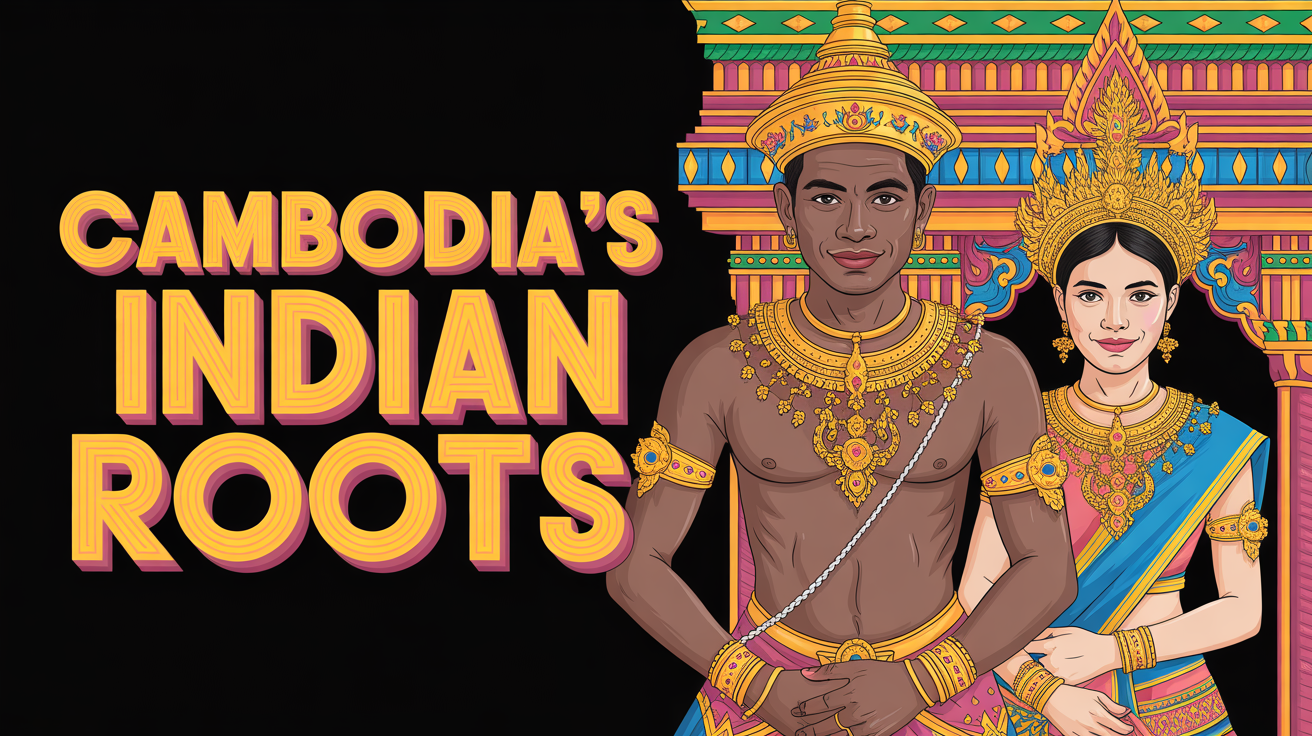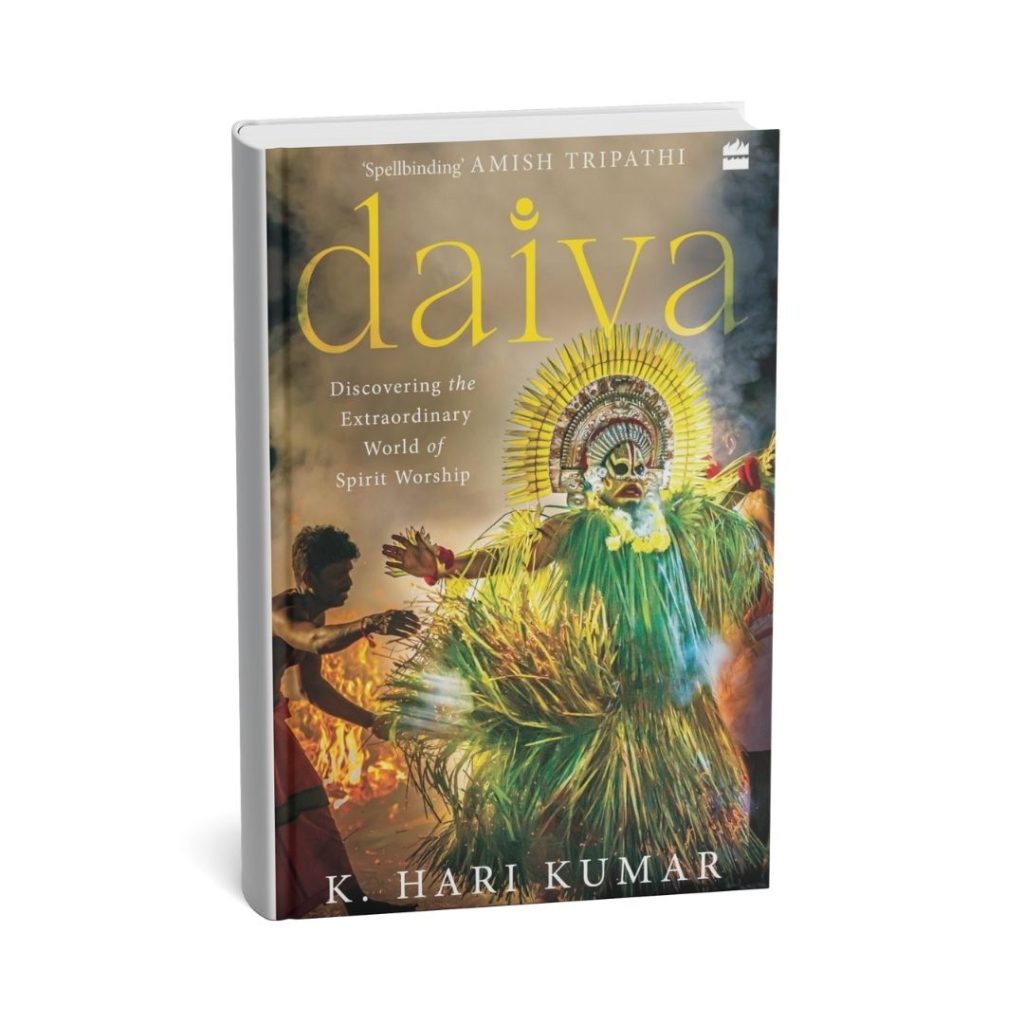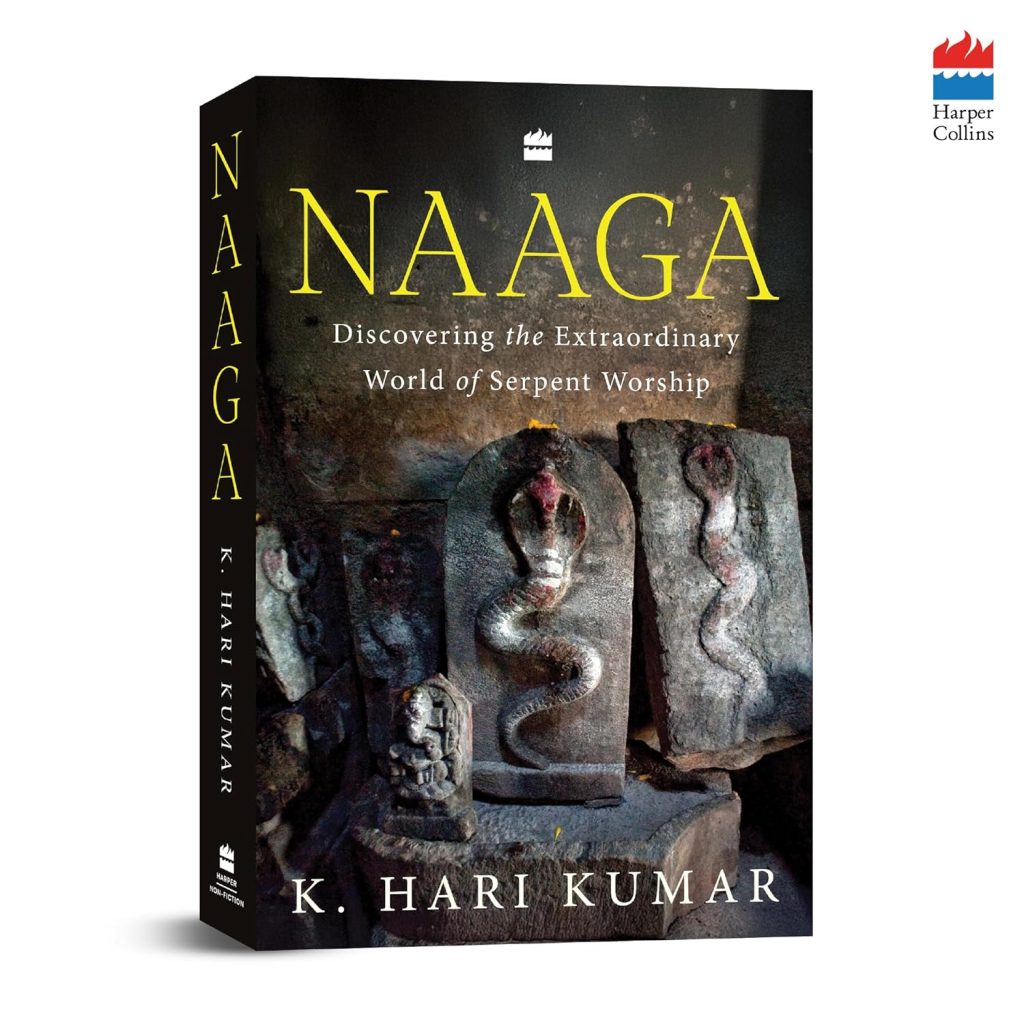Welcome to the heart of Southeast Asia, where the jungle hides the incredible stone cities of the Khmer Empire. Think of Angkor Wat—an architectural marvel that reveals a civilisation that understood the secrets of the heavens and the earth. But the story of this kingdom isn’t built on a foundation of stone, but on a foundation of myth. It’s like the country’s original blueprint, a legendary tale of Kaundinya, an Indian prince, exiled from his home and a powerful queen who was part woman, part serpent, and ruled the vast oceans. This isn’t just any story; it’s the epic beginning of a nation! It’s a sacred tale of how two worlds collided to create a new people. Think of it like a master recipe, where foreign spices blended with local ingredients to create a culture so vibrant we can still feel its pulse today. Get ready for the incredible Cambodian creation story!
An Age of Heroes and Wanderers
Our adventure kicks off over two thousand years ago, during a time of massive change across Asia. New ideas from India were spreading like seeds on the wind—Hinduism, Buddhism, and new ways of thinking about kings and gods. But these ideas didn’t arrive in the storm of an army; they drifted across the sea with sailors, holy men, and traders on busy shipping lanes.
Kaundinya’s Arrival
Khmer legend introduces us to one such traveller, an Indian prince named Preah Thong. Later Chinese records call him Kaundinya. The legend says Preah Thong was the fourth of five sons of a king and was exiled with his people for disobedience. He was guided by fate eastward across the sea. He sailed toward an unknown land, carrying the rich culture of India with him like precious cargo. He wasn’t there to conquer; he was on a quest for a new beginning. Little did he know, he was about to enter the realm of the Naga!

The Realm of the Serpent Princess
Long before these new ideas arrived, the land we now call Cambodia was steeped in its own powerful beliefs. The locals worshipped their ancestors and the gods of nature. At the centre of it all were the Naga, a race of powerful serpent beings. Think of the Naga as the spiritual operating system of the land. They weren’t just creatures; they were the masters of water and rain, guarding the earth’s riches and ensuring life remained in balance.
And ruling this magical land was a queen of extraordinary power. Early Chinese writings mention a ruler named Soma, but in the colourful world of Khmer stories, she’s known as Neang Neak—the Naga Princess. These names were not chosen arbitrarily; they carry deep symbolic weight. The prince’s name, Kaundinya, refers to a specific and prestigious Brahmin gotra, or priestly lineage, in Hinduism, giving him a precise religious identity. The queen’s name, Soma, is the name of the Moon God in Hinduism and the progenitor of the Lunar Dynasty, one of the two great royal lines of ancient India.
Their union, therefore, symbolically represents the joining of an esteemed Indian priestly lineage with a royal, and possibly divine, lunar lineage. This mythological framework allowed later Khmer kings to claim descent from both the Indian solar and lunar races to further legitimise their rule, a practice described in their own royal inscriptions. While the story of a Brahmin marrying a local woman to start a dynasty is a common mythological trope in other Indianised kingdoms, the Khmer version’s powerful emphasis on the female lineage gives it a unique twist. Soma may have been the real-world queen, while Neang Neak was her mythical, super-powered counterpart. In the legend, she could shift from serpent to human, the daughter of the great Naga King who ruled the underwater world. She was the very spirit of this wild, ancient land. And it was on her beach that Kaundinya or Preah Thong would soon arrive!
The Union of Two Worlds
The meeting of Kaundinya (Preah Thong) and Neang Neak is the spark at the heart of the Cambodian creation story. The details change from tale to tale, but the essence is a monumental encounter on a beach. One popular version says that after Preah Thong landed, he saw Neang Neak and her people dancing in the moonlight and was instantly captivated by her beauty.
But another version has a more dramatic twist! In this telling, the queen sees the prince’s ship as a threat and attacks! Preah Thong, armed with a magic bow, stands his ground. He fires an arrow—not as an act of war, but more like a firm handshake, a way to introduce his strength and earn her respect. The serpent princess, though initially furious, found herself impressed.
Was it love at first sight, or a test of strength? Either way, it led to a marriage proposal! But for a human to marry the Naga Princess, he needed the blessing of her father, the Naga King. In a bold move, Neang Neak told the prince to hold onto her tail as she transformed. She then led him down from the human world into the enchanting underwater kingdom of the Naga. In other tellings, the prince had to hold onto her Sbai sash.
The Union of Kaundinya and Soma – Birth of a Kingdom
The Naga King was impressed by Preah Thong’s courage and gave his blessing for the marriage. But his wedding gift was extraordinary: he gifted them Cambodia itself! The legend describes it like a grand magic trick, where the serpent king drank the waters covering the land, pulling back a vast curtain of ocean to reveal a new, fertile kingdom for the couple to rule.
This stunning image symbolises the birth of a nation! The marriage is linked to the first great kingdom in the region, known in Chinese records as Funan. But what was Funan really like? Most experts today believe it was less like a single, solid kingdom and more like a string of brilliant pearls—a network of bustling port towns and small states that thrived on trade. The Cambodian creation story of the prince and the Naga Queen became the unifying myth for this new society, explaining how its diverse cultures came together.
A New Khmer Civilisation
The union of the prince and queen was like skilfully grafting a new branch onto an ancient tree. It wasn’t just a political alliance; it was a genuine fusion of cultures. The old tree of local beliefs wasn’t cut down; it was enriched by the new ideas Kaundiya or Preah Thong brought from India, and together they grew into something stronger and more complex.
This fusion laid the spiritual foundation for the Khmer people. The deep respect for the Naga was woven together with the worship of Hindu gods, like two different coloured threads forming a single, beautiful tapestry. This talent for blending beliefs would define the Khmer people. A powerful example of this synthesis is the story of the Naga king Mucalinda, who spread his seven hoods to shelter the meditating Buddha from a storm. This image became a prominent iconographic theme in Khmer art, symbolising the merging of Buddhist compassion with the protective power of the Naga. We see this most vividly in the temples of Angkor, which serve as maps of the universe, merging Hindu and Buddhist ideas with local serpent legends.
The legend claims the children of Kaundinya (Preah Thong) and Neang Neak founded Cambodia’s royal family. This created a powerful idea: a king could sit on the throne, but the connection to the Naga Queen was the key that unlocked his right to rule. She was the ultimate source of his legitimacy, the mother of the nation.
The Serpent’s Legacy in Stone
You can see the Cambodian creation story etched into the very architecture of the Khmer Empire. As you walk the grand causeways to Angkor Wat, you cross bridges guarded by her children. Stone railings shaped like seven or nine-headed Nagas line the paths. Think of them not as fancy decorations, but as spiritual security guards marking the boundary between the human world and the divine. They are a bridge between heaven and earth, a physical reminder of the cosmic marriage contract between the prince and the queen.
The Naga was also a crucial tool for legitimising royal authority. This is exemplified by the account of the Chinese official Zhou Daguan, who reported in the 13th century that the king of Angkor had to spend the first part of every night with a nine-headed serpent spirit, the “owner of all the soil in the kingdom”. This mystical-political ritual underscores the deep-seated belief in a sacral link between the monarch and the land itself, personified by the Naga.
The Naga shape is everywhere in Khmer art. We see Nagas forming a protective hood over the meditating Buddha, and their bodies wrap around temple doorways, symbolising the life-giving water they command. It’s a common misconception that a Naga is on the Cambodian flag today; it’s actually Angkor Wat! But the mix-up is understandable because the serpent is so central to Cambodia’s identity, appearing on royal crests and army badges.
The Legend of Kaundinya and Soma Today
Fast forward to today, and the story of Kaundinya (Preah Thong) and Neang Neak is a living legend. It’s a cornerstone of Cambodian identity. Its most beautiful reflection is in traditional Khmer weddings. During the ceremony, the groom holds onto a piece of the bride’s clothing, specifically a sash or Sbai sash. It’s like a small, beautiful re-enactment of that first moment when Preah Thong held Neang Neak’s tail, connecting the couple’s personal journey back to the nation’s founding love story.
Even more recently, modern science has provided a stunning connection to this ancient story. A 2022 ancient DNA study of a Funan-era individual from a Cambodian cemetery revealed a substantial South Asian genetic admixture (around 40-50%). The analysis suggests this individual had ancestry from Southern India and lived between 78–234 CE, providing physical evidence that South Asians migrated and intermarried with local populations during the exact period of the kingdom’s founding. Read the complete research here.
The legend of Kaundinya and Soma is retold in the graceful dances of the Royal Ballet, in paintings, and in stories passed from parent to child. It’s the nation’s original recipe, a constant reminder that the Cambodian people emerged from a unique blend of outside and inside, human and divine, a brave prince and a powerful serpent queen.
Conclusion
From an exiled prince to a serpent queen, from a fated meeting on a beach to the birth of a mighty empire—the story of Kaundinya (Preah Thong) and Neang Neak is the great founding myth of Cambodia. It’s a tale about unity, not conflict. It celebrates the powerful fusion of different cultures to create something new, beautiful, and enduring.
The Naga Queen is more than just a figure in a legend; she is the land itself. She is less a character in a story and more like the very page it is written on—the foundation of the nation’s identity. She embodies its life-giving water, its spirit of protection, and its deep-rooted history. Her story is carved into the stones of Angkor and lives in the hearts of the Khmer people, reminding us all that behind history books lies an older, more magical story that reveals who we truly are.
This story reminds me of the creation story of Konkan, Tulunadu and Kerala, the region known as Parashurama Kshetra. You can read about it here.
More about it in my books DAIVA and NAAGA, available on Amazon.




Leave a Reply